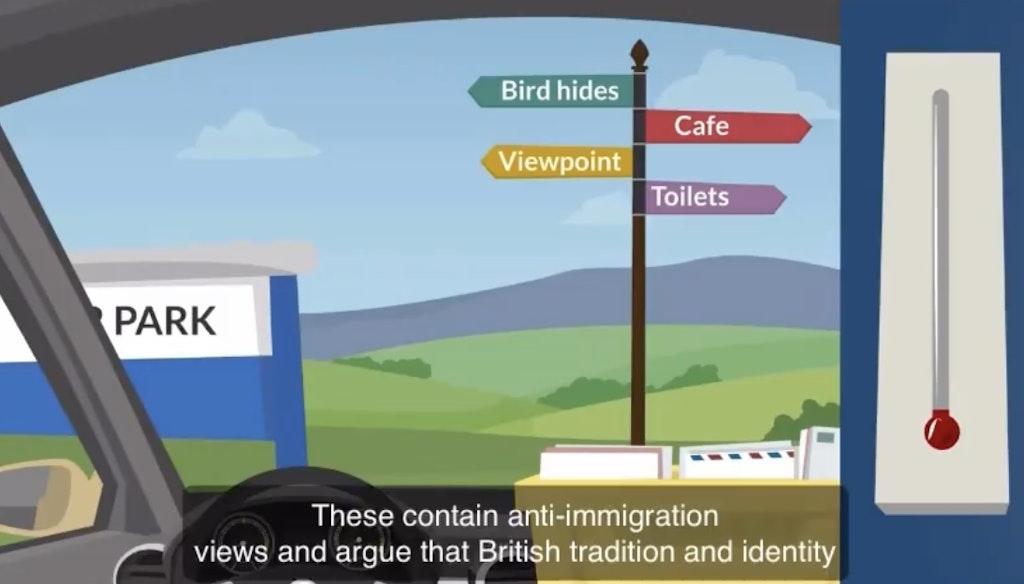Death: a walk in the park
Everyday lies with Theodore Dalrymple
Now more than ever seems it rich to die
— John Keats
On my daily permitted walk during the Great Confinement in Paris recently, I passed an undertaker’s establishment that is conveniently near the most visited cemetery in the world, Père Lachaise (most visited, that is, until it closed because of the occurrence of too many deaths). I never passed the undertaker’s establishment without a faint feeling of irritation when I looked at its window display.
I am not sure to what extent undertakers depend upon passing trade, but in the window were two posters assuring those whom I can only call the funerables that by choosing these undertakers, all their anxieties would be relieved as well as those of their relatives. It was the pictures that accompanied these assertions that most caught my attention, in one case of a strikingly-healthy and happy-looking man playing chess with his young grandchildren, and the other of a couple scarcely past their middle age on a hiking excursion in the countryside. Between them, they gave the impression that dying was really rather fun, not more than a minor inconvenience, if even that.
One does not, of course, expect commercial propaganda to be entirely truthful or realistic, nor would one expect an undertaker’s window display to dwell graphically on the unpleasant aspects of death, which are lamentably many. An undertaker’s window need not and should not be a page out of a pathology textbook. But representing death as a kind of pleasant afternoon outing or social occasion surely does not make for a mature attitude to death, which after all remains, despite a great deal of technical progress, the bourn from which no traveller returns.
The nearest to we come to the ars moriendi these days, it seems, is a comprehensive funeral plan so affordable that it makes for happy contented mourners.
Enjoying The Critic online? It's even better in print
Try five issues of Britain’s most civilised magazine for £10
Subscribe














